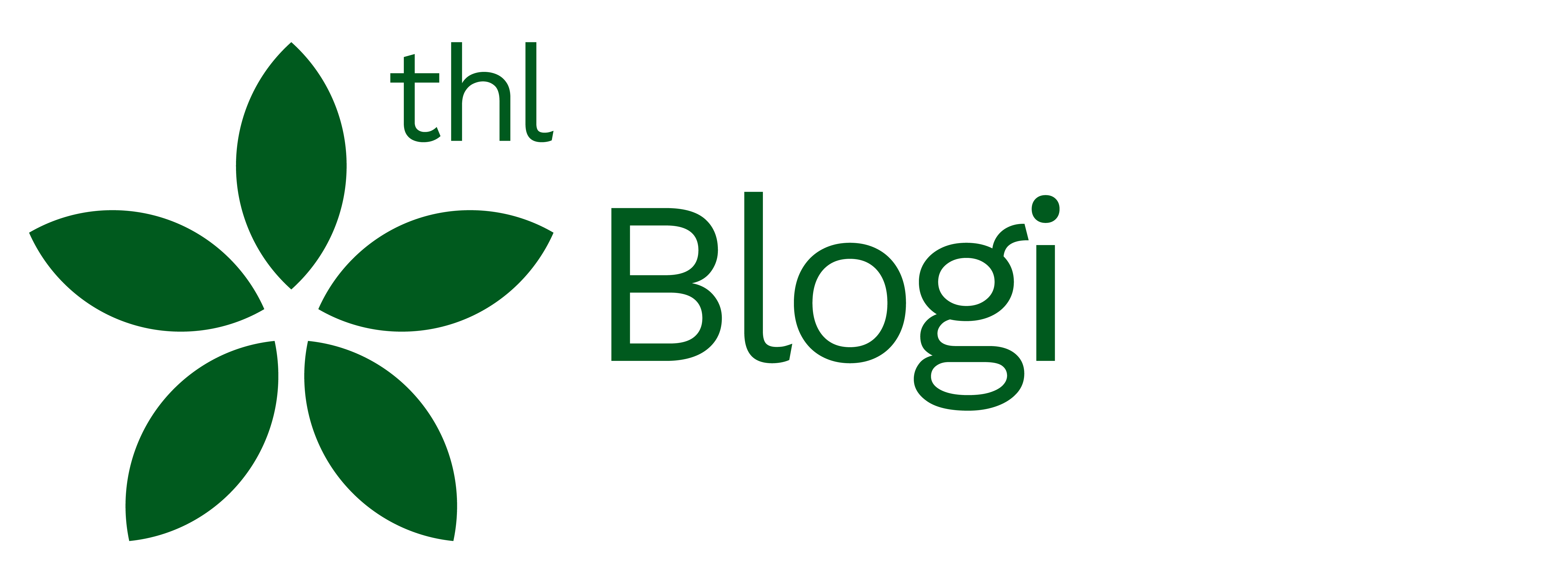Did you know that the promotion of breastfeeding provides one of the most effective and efficient ways of advancing the health of children and nursing mothers? Breastfeeding provides a socially just, economically feasible and ecologically sustainable way of providing nutrition to a baby.
Increasing breastfeeding improves health and also generates savings
Breast milk reduces infant morbidity and mortality in both developed and developing nations. Breast milk provides significant protection against infections for the child during his or her first year of life.
A breastfed baby will be protected against ear infections, diarrhoeal diseases, pneumonia and urinary infections. Breastfeeding has been calculated to prevent 72 per cent of hospital treatment due to diarrhoeal diseases and 57 per cent of due to respiratory infections. In addition to infections, breastfeeding also protects the child against atopic and metabolic diseases. The incidence of leukaemia and sudden infant death syndrome is lower among breastfed than formula-fed babies. Extended breastfeeding protects the child from overweight and type 2 diabetes later in life.
If breastfeeding was accomplished better than today, it could help saving 800,000 human lives each year at the global level – most of them children below the age of six months.
The mother also benefits from breastfeeding
Long-term breastfeeding protects the mother against breast cancer later in life. Every year a mother spends breastfeeding reduces her relative risk for breast cancer by 4 per cent and every childbirth by 7 per cent. Annually, breastfeeding prevents around 20,000 deaths from breast cancer worldwide. An increase in breastfeeding would allow preventing a further 20,000 deaths caused by breast cancer. Breastfeeding also protects the mother against ovarian cancer and type 2 diabetes.
In Great Britain, studies have been conducted on the impacts of enhancing breastfeeding on the prevention of illnesses as well as cost savings (Unicef 2012). Enhancing the efforts to promote breastfeeding and investments in breastfeeding improve the quality of life of children and mothers by reducing acute and chronic illnesses. Investing in breastfeeding and efficient services to promote breastfeeding would be likely to generate economic profits within as little as five years, possibly even one year since the investment.
Making Finland a world leader in breastfeeding
Finland rates third among countries with extended breastfeeding in the European statistics. In Finland, the biggest challenges concern supporting mothers with the early initiation of breastfeeding and exclusively feeding their baby by breastfeeding until the age of 4–6 months. According to the current recommendation, an infant should not be given additional milk without a medical reason, as the supplement reduces the length of exclusive breastfeeding. Nevertheless, in 2010, over two thirds of infants were given additional milk at the delivery hospital in Finland.
Early skin-to-skin contact and first breastfeeding within one hour since birth is recommended for starting breastfeeding. Breastfeeding is also supported by 24-hour rooming-in at the delivery hospital, breastfeeding at the child’s own pace and not using a pacifier. For a baby with an average birth weight, breast milk suffices as the only form of food given for the baby for the first six months of his or her life.
The parents are recommended to introduce solid food with tasting portions at around 4 to 6 months depending on the baby’s development, but not before the child is four months old. Despite these tasting portions, breast milk continues to be the child’s primary source of food until the age of six months.
Conflicting breastfeeding instructions create confusion
At both maternity and child health clinics as well as delivery hospitals, the task of tailoring the current and evidence-based knowledge for expectant and new parents poses a challenge to improving breastfeeding promotion. The customers of both the clinics as well as delivery hospitals have criticised the breastfeeding guidance they have received for its conflicting information.
Delivery hospitals have been increasingly developing their practices for promoting breastfeeding in accordance with the Baby-friendly Hospital Initiative. There are current efforts to introduce the Baby-friendly and Family-friendly Hospital Initiative to maternity and child health clinics to enable harmonising and enhancing the promotion of breastfeeding at the clinics. For example, in Norway the Baby-friendly Hospital Initiative for primary health care has produced good breastfeeding promotion outcomes.
In Finland, the coverage of the maternity and child health clinic services and periodic health examinations enable providing nearly all families with breastfeeding guidance and support. Regular encounters enable the clinics to identify parents in risk groups related to breastfeeding at an early stage and immediately target tailored support for them.
The renewed Kansallinen imetyksen edistämisen toimintaohjelma vuosille 2018–2022 (National Action Programme for Breastfeeding Promotion for 2018–2022, in Finnish) supports maternity and child health clinics as well as delivery hospitals and their partners in reaching the objective of ”Making Finland a world leader in breastfeeding”.
PhD, adjunct professor Tuovi Hakulinen is a research manager at the National Institute for Health and Welfare (THL) and PhD Kaija Mikkola is a paediatrician and neonatonologist at the Hospital District of Helsinki and Uusimaa (HUS). The text was first published in THL’s blog in Finnish on Jan. 4, 2018.
